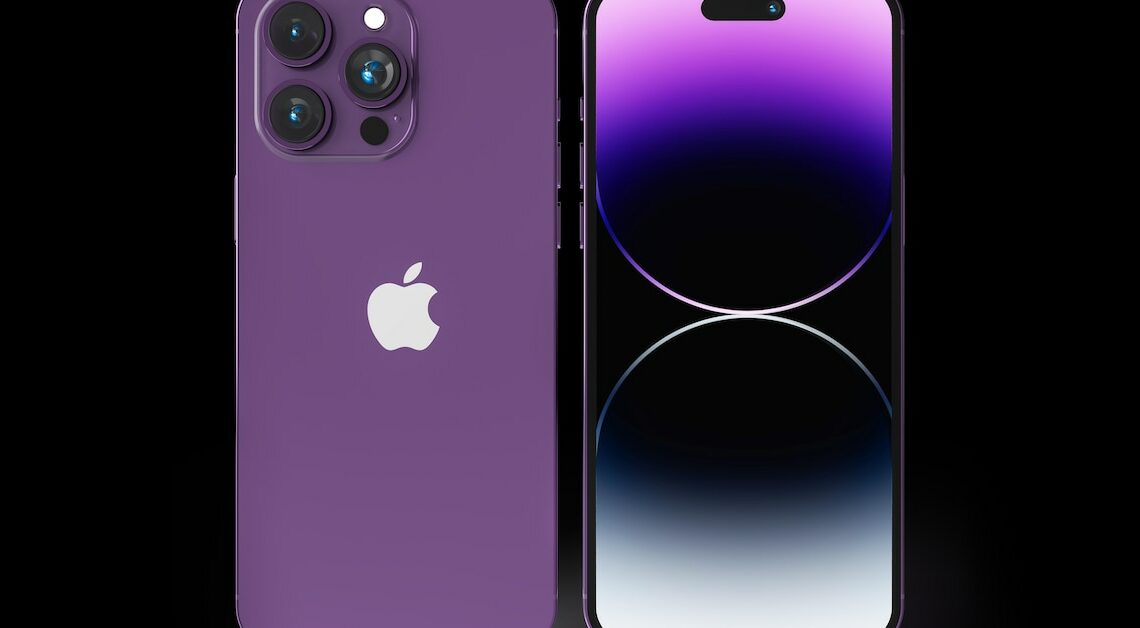
The iPhone 16 Pro Max is the new flagship among Apple iPhones. But the smaller iPhone 16 Pro also has a lot to offer and is impressive.
iPhone 16 Pro Max: New flagship from Apple with titanium case
With the iPhone 16 Pro and the iPhone 16 Pro Max, Apple is offering two new top smartphones, with the Max being the company's flagship. The company has been increasing the display size for many model series. The result is a 6.3-inch Pro model and a Pro Max model with a 6.9-inch display.
- Both smartphones are top-notch equipped. The OLED panel with ProMotion technology offers an adaptive refresh rate of up to 120 Hz on both models. A new generation of Ceramic Shield ensures better display protection.
- The casings of both iPhones are made of titanium. Both the iPhone 16 Pro and the iPhone 16 Pro Max are available in black, white, natural and desert titanium.
- Under the hood is a new A18 Pro chip with two performance and four efficiency cores. A new 16-core neural engine also provides more performance, which should primarily benefit the AI functions.
- Both Pro models are equipped with a 48-megapixel wide-angle camera, a new ultra-wide-angle camera with the same resolution and a 12-megapixel telephoto camera with five times optical magnification.
- There is also a side camera control button, which is expected to receive a two-stage shutter release via a software update at the end of the year. (As of September 2024)
- At the same time, both models can record 4K videos at 120 frames per second. The playback speed can be adjusted in the Photos app after recording.
Differences in battery performance and size
There are minor differences between the iPhone 16 Pro and the iPhone 16 Pro Max in terms of battery power. Both models have an integrated rechargeable lithium-ion battery for wireless and fast charging of up to 50 percent in around 30 minutes.
- While the iPhone 16 Pro offers video playback of up to 27 hours, the time for the Max model increases to up to 33 hours. Video playback of streamed content is 22 hours for the smaller model and a maximum of 29 hours for the iPhone 16 Pro Max.
- The 16 Pro is rated for up to 85 hours of audio playback and the 16 Pro Max for up to 105 hours. This means that the Max model has one of the most powerful batteries in the iPhone universe to date.
- The iPhone 16 Pro is available with a storage capacity of 128 GB, 256 GB, 512 GB and 1 TB, while the iPhone 16 Pro Max is marketed in 256 GB, 512 GB and 1 TB variants.
Conclusion: If you prefer something more handy, go for the iPhone 16 Pro
In general, both models are top-equipped iPhones of the latest generation, both of which run on the iOS 18 operating system and have many features on board. The reason why you decide for or against one of the two Pro models is probably mainly based on the size.
- The iPhone 16 Pro is significantly smaller and lighter at 149.6 mm x 71.5 mm x 8.25 mm and 199 grams than the Pro Max at 163 mm x 77.6 mm x 8.25 mm and 227 grams. However, if you are looking for a smartphone with a large display so that you can work on the device and take notes comfortably, for example, you will have more fun with the Max model.
- The more powerful battery in the iPhone 16 Pro Max can also be a selling point, especially if a lot of video content is to be played back. Otherwise, there are no significant differences between the two models, which support 5G, LTE, Wi-Fi 7 (802.11be) as well as Bluetooth 5.3 and NFC.
- Nevertheless, there is one last selling point – the price. The iPhone 16 Pro costs between 1,199 euros (128 GB) and 1,829 euros (1 TB). The Max model costs between 1,449 euros (256 GB) and 1,949 euros (1 TB).
